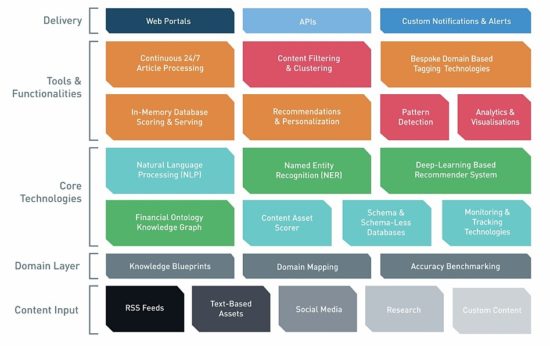August 6, 2019 – For business analysts and management consultants (a role I played in more than half of my business career), the rise of AI is requiring require a dimensional shift on the part of those who currently ply this trade. Artificial intelligence (AI) and machine learning (ML) are making it possible to drill down through thousands of pieces of information in seconds, selecting relevant data, and assembling reports of value, something no human can achieve in the same amount of time.
As a baseball fan, I have seen how analytics, not yet AI driven, is changing the way players are picked on many major league teams. The movie Money Ball illustrated just how effective analytics can be and today a number of major league teams wholly rely on analytics to select players. But there still are teams that use scouts, retired baseball players and devotees of the sport, who travel from game to game with radar gun in hand and take the measure of a young pitcher or watch the swing of young batter, and then make recommendations to their respective teams on who they should draft. In some cases, a mix of both is being applied.
But who would have thought that analytics done by AI would become a feature of the banking and finance industry?
In an article that appeared on the Bloomberg website today, Charlotte Ryan writes about how banks and financial institutions are starting to use algorithms rather than human analysts to sift through information and prepare reports for clients. Ryan specifically focuses on the work of Arkera, a London-based machine learning, software engineering startup with expertise in banking and finance, and just how much the company is disrupting the research marketplace as a result. Arkera doesn’t try to be a generalist. The focus is on the area of its senior managements’ domain expertise, the world of finance and banks.
Arkera’s Co-CEO, Vinit Sahni, in a blog writes about the $50 trillion in cash that is sitting in financial institutions earning no return for clients. Why?
Because market intelligence to make the money work is insufficient, not because the information isn’t out there for the taking, but because there is far too much information to sift through and understand. Hence the hesitation. For the clients, not having their money work for them represents a failure on the part of financial institutions. That’s where Arkera’s AI algorithms come in. The algorithms can ingest billions of information data bits, declutter the wheat from the chaff, and provide a report that would make any financial analyst envious. For banks and financial planning firms, it means they can be active in the marketplace faster on behalf of clients, and turn cash on the sidelines into healthy returns on investment.
Arkera designed their search engine to work like Google, but instead programmed it solely to meet the needs of investors, selecting the most relevant information from thousands of items posted online daily on government, social media, and corporate information websites and news feeds. Sahni calls the results “actionable content.” He uses words like “digestible” in describing how the information return from Arkera’s algorithms is “domain-infused” with specialized knowledge tailored to fit financial service professionals.
Arkera calculates that 85% of the information needed by financial decision-makers remains invisible today because it is “both hard to find and highly dispersed from millions of sources.” Using its AI it can discover, translate, filter and classify any information that is specific to an individual client’s needs. How does it do it? The following technology stack gives you a good idea of just how complex the algorithms they have devised are:
This is architecture that speaks to expertise drawn from both the sell and buy-side of finance and banking with the knowledge drawn from partners like Goldman Sachs, Bank of America Merrill Lynch, Deutsche Bank, Citadel, DEShaw & Co, Citibank, Credit Suisse, Soros Fund management, and more. And when you read the biographies of the leadership team, you realize how they have the connections and the domain expertise.
So can other companies duplicate what Arkera is doing in finance and banking, in other fields? And will what Arkera has invented replace all research done by humans?
To answer the first question, Yseop is a Dallas-based company that has developed AI algorithms for sales and marketing offering two solutions: Augmented Analyst, and Smart Personal Advisor. The former automates report writing by gleaning information from its analysis of data sets to create accurate, insightful commentary. The latter solution is a companion to customer relationship management (CRM) software, products like Salesforce, and provides guidance to match products and services to clients and even provides the pitch.
To answer the second question, Sahni sees in this next decade the proliferation of AI enhancing what human analysts report, not necessarily replacing those still in practice. He is quoted in the Ryan article, stating, “We will see advancements in cognitive abilities, communication and the physical potential of humans as we collaborate closely with machines and algorithms.”
But it is clear that for business analysts and management consultants (a role I played in more than half of my business career), the rise of AI will require a dimensional shift on the part of those who currently ply this trade. What will save them is described by Paramita Ghosh, in a recent article: a hybrid role for humans and AI working on data analysis together bringing the “holistic human experience,” and “feel” to the analytics.

















